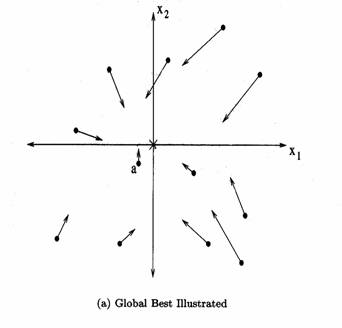Introduction to Estimation Theory

In searching for methods of extracting information from noisy observations, this chapter describes estimation theory, which has the goal of extracting from noise-corrupted observations the values of disturbance parameters (noise variance, for example), signal parameters amplitude or propagation direction), or signal waveforms. Estimation theory assumes that the observations contain an information-bearing quantity, thereby tacitly assuming that detection-based preprocessing has been performed (in other words, do I have something in the observations worth estimating?). Conversely, detection theory often requires estimation of unknown parameters: Signal presence is assumed, parameter estimates are incorporated into the detection statistic, and consistency of observations and assumptions tested. Consequently, detection and estimation theory form a symbiotic relationship, each requiring the other to yield high-quality signal processing algorithms.



















 Life has taught me this: to have peace and comfort, I should walk along-side God today and then have faith in him for tomorrow
Life has taught me this: to have peace and comfort, I should walk along-side God today and then have faith in him for tomorrow